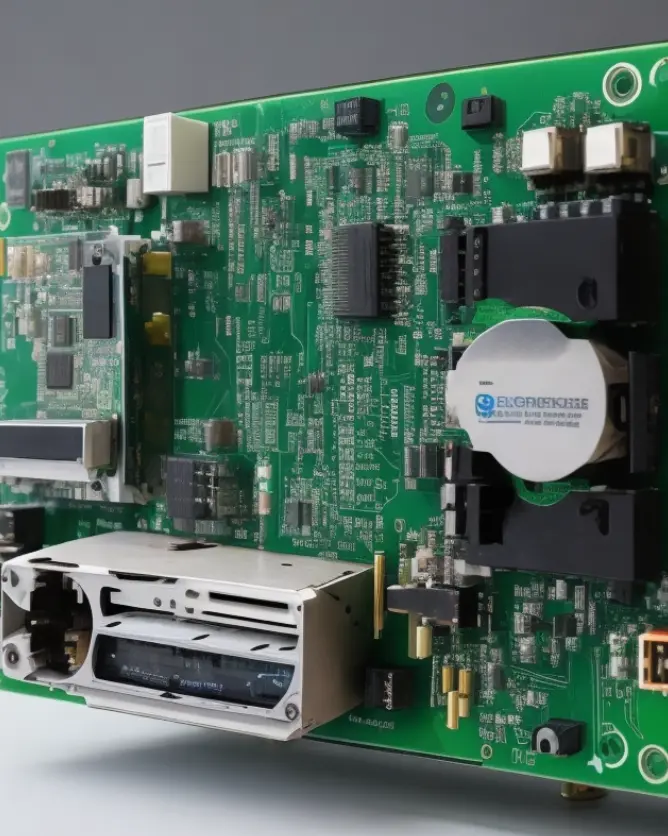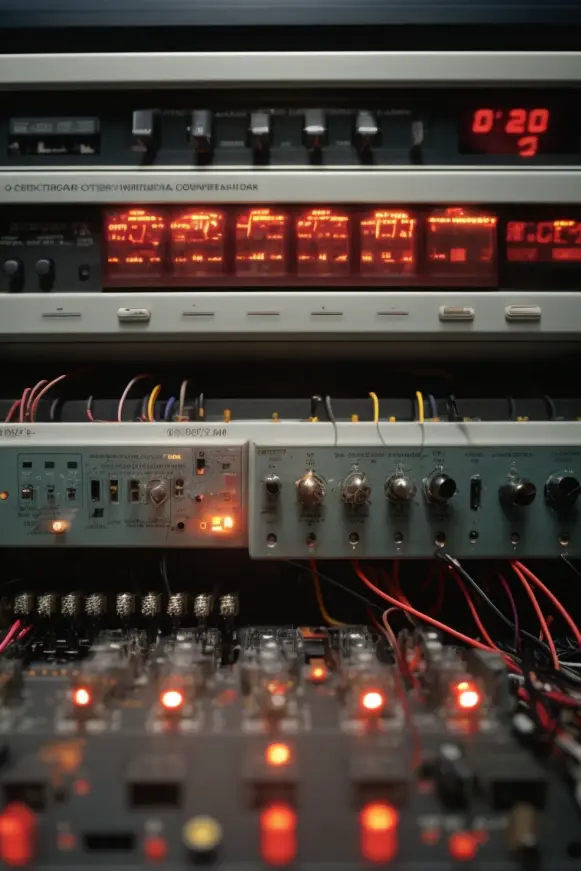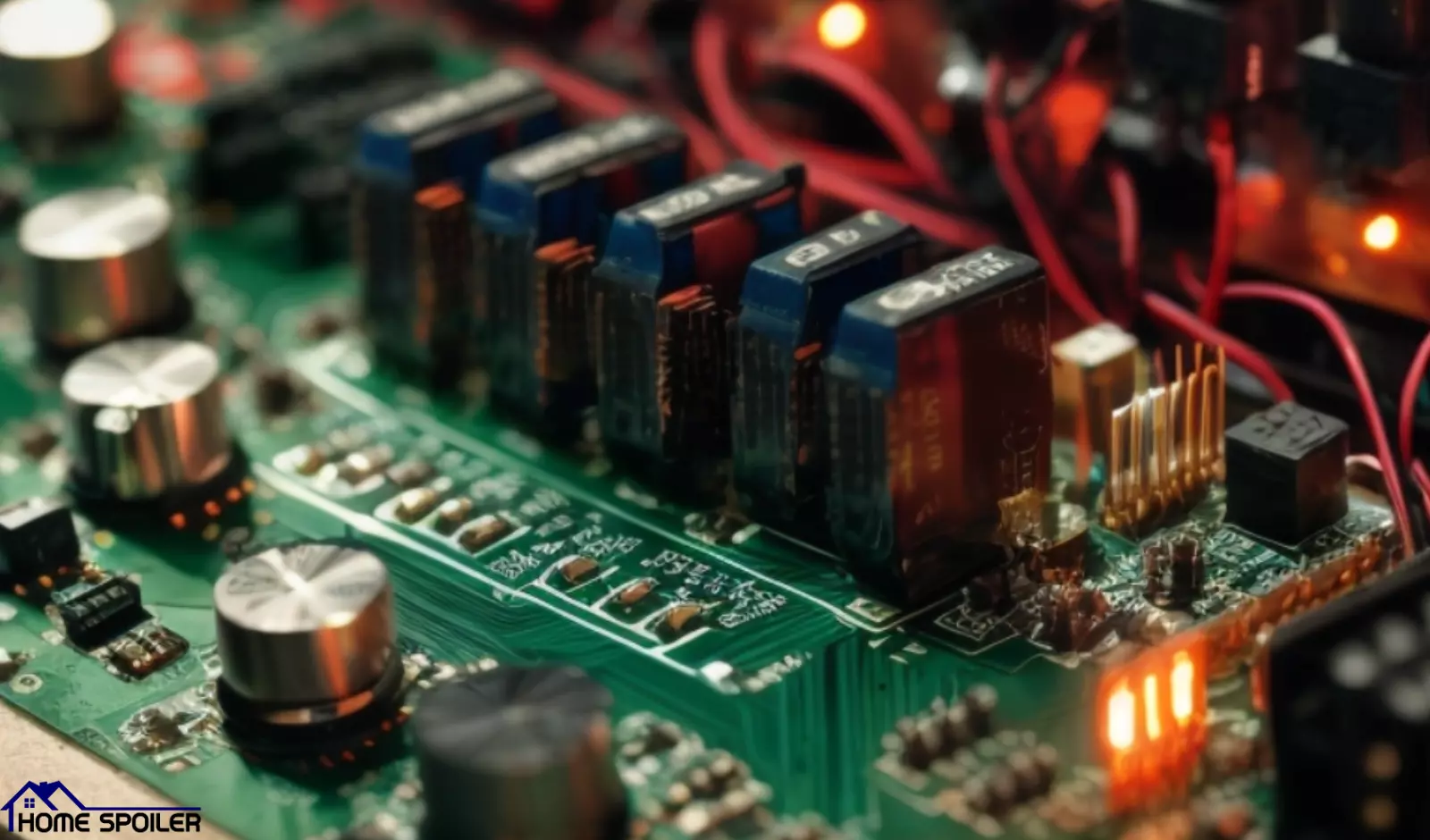When you press the power button on your TV remote, you expect your screen to light up with your favorite shows and movies.
Behind this simple action lies a complex piece of technology – the TV power board.
OK, let me explain what it is and why it’s indispensable.
What Is a TV Power Board?
Its primary function is to manage and distribute electrical power to all the other components, ensuring they function correctly.
However, a typical TV power board consists of various components, including:
- Transformer: Converts incoming voltage to the required levels.
- Rectifier: Converts alternating current (AC) to direct current (DC).
- Capacitors: Store electrical energy and help smooth voltage.
- Voltage Regulators: Maintain stable voltage levels.
- Fuses: Protect against electrical overloads.
- Connectors: Link the power board to other parts of the TV.
Primary Functions of a TV Power Board
- Convert AC to DC.
- Distribute Power to Different Components.
- Protect the TV Against Voltage Fluctuations
- Communicate with the main board.
Here are the detailed explanations:
1) Converting AC to DC
The power board’s first job is to convert the alternating current (AC) from your wall outlet into direct current (DC).
Most electronic components in your TV, like the LED display and circuit boards, require DC to function.
This conversion is crucial for the TV to work properly.
2) Distributing Power to Different Components
Once the AC is converted to DC, the power board distributes this power to various components within the TV.
It ensures that each part, from the main logic board to the audio amplifier, receives the appropriate voltage and current.
3) Protecting Against Voltage Fluctuations
Voltage fluctuations and power surges are common electrical issues.
The power board includes voltage regulators and fuses to safeguard the TV’s sensitive components from damage caused by sudden spikes or drops in power.
Common Issues and Troubleshooting

Just like any electronic part, TV power boards can have issues and stop working.
Here are some common problems and ways to troubleshoot them:
1) Power Board Failure
If your TV won’t turn on at all, experiences intermittent power issues, or randomly shuts off, the power board might be at fault.
You may also notice the screen remains blank, or the TV turns off unexpectedly.
In that case, you need to replace the entire power board!
2) Power Surges
Power surges can occur during electrical storms or due to fluctuations in the power grid.
While the power board is designed to handle some voltage fluctuations, severe surges can damage it and other internal components.
To protect your TV, consider using surge protectors or uninterruptible power supplies (UPS) to regulate and stabilize the incoming power.
Maintenance and Care Tips

While TV power boards are typically reliable, a little maintenance can go a long way in prolonging their lifespan and ensuring your TV’s trouble-free operation:
- Proper Ventilation: Ensure that your TV is placed in a well-ventilated area. Adequate airflow can help prevent overheating, which can stress the power board and other internal components.
- Dust Control: Periodically clean the vents and openings on your TV to prevent dust buildup. Dust can accumulate inside and contribute to heating issues.
- Stable Power Source: Use a stable power source and avoid connecting your TV to outlets that experience frequent power fluctuations. Voltage stabilizers and surge protectors can provide additional protection.
If you suspect a problem with your TV’s power board or experience any unusual issues, don’t attempt DIY repairs.
Instead, consult a qualified technician or the TV manufacturer for assistance.
F.A.Q.s
Q: What happens if my TV power board fails?
If your TV power board fails, your television may not turn on, or it may exhibit issues like screen flickering or sudden shutdowns.
It’s best to consult a professional for repairs or replacement.
Q: Can power surges damage my TV’s power board?
Yes, power surges can potentially damage the TV power board.
Use a surge protector to safeguard your TV.
Q: What should I do if my TV experiences frequent power fluctuations?
If your TV experiences frequent power fluctuations, consider having an electrician inspect your home’s electrical system to ensure it’s stable.
Additionally, using a voltage stabilizer can help protect your TV.

Abdul Kader, a handy guy and experienced founder of a TV repair shop in Gulshan, Dhaka, Bangladesh. He is mainly an expert in understanding and repairing different types of issues with Smart TVs and providing helpful insights on how to keep them in good working order. Read his Full Story.

